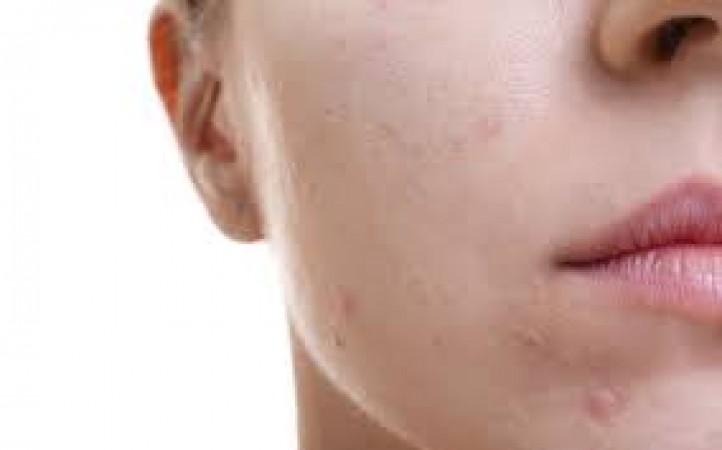
Pimples are a common skin issue that many people experience, especially during hormonal fluctuations such as menstruation. But why do these pesky blemishes seem to crop up before and after periods? Let's delve into the reasons behind this phenomenon.
During the menstrual cycle, hormone levels undergo significant changes. One of the primary hormones involved is testosterone. Both males and females produce testosterone, although in different amounts. Before menstruation, there's a surge in testosterone levels, which can lead to increased oil production in the skin.
The sebaceous glands are responsible for producing sebum, an oily substance that helps keep the skin moisturized. However, when there's an excess of sebum, it can clog pores, leading to the formation of pimples. The spike in testosterone levels before menstruation can stimulate the sebaceous glands to produce more oil, increasing the likelihood of developing pimples.
The menstrual cycle consists of several phases, including menstruation, the follicular phase, ovulation, and the luteal phase. During the luteal phase, which occurs after ovulation and before menstruation, hormone levels fluctuate, with an increase in testosterone and other hormones. This hormonal imbalance can contribute to the development of pimples.
In addition to hormonal changes, inflammation plays a significant role in the formation of acne. When pores become clogged with excess oil, bacteria called Propionibacterium acnes (P. acnes) can thrive in the blocked follicles, leading to inflammation and the formation of pimples.
The body's immune response to the presence of P. acnes bacteria can exacerbate inflammation, causing pimples to become red, swollen, and painful. This immune response is heightened during times of hormonal fluctuations, such as before and after menstruation, making pimples more likely to occur during these times.
Stress and lifestyle factors can also influence the development of pimples. Stress can trigger the release of hormones like cortisol, which can exacerbate inflammation and contribute to acne flare-ups. Additionally, factors such as diet, sleep, and skincare habits can impact skin health and the likelihood of developing pimples.
Certain foods, such as those high in sugar and refined carbohydrates, can spike blood sugar levels and potentially exacerbate acne. Dairy products and foods with a high glycemic index have also been linked to an increased risk of acne development.
Maintaining a consistent skincare routine that includes gentle cleansing and exfoliation can help prevent the buildup of oil and dead skin cells that contribute to acne. Using non-comedogenic (non-pore-clogging) products and avoiding harsh chemicals can also support skin health. In summary, the appearance of pimples before and after periods is primarily attributed to hormonal fluctuations, particularly the increase in testosterone levels, which stimulates sebum production and contributes to pore blockage. Inflammation and lifestyle factors such as stress, diet, and skincare habits also play a role in acne development. By understanding these factors, individuals can take proactive steps to manage and prevent acne flare-ups throughout their menstrual cycle.
Kangana Ranaut Steps into Politics: A New Chapter Begins
Alia Bhatt to Host Inaugural 'Hope Gala' in London: A Night of Charity and Glamour
Taapsee Pannu Ties the Knot with Mathias Boe in Intimate Udaipur Wedding